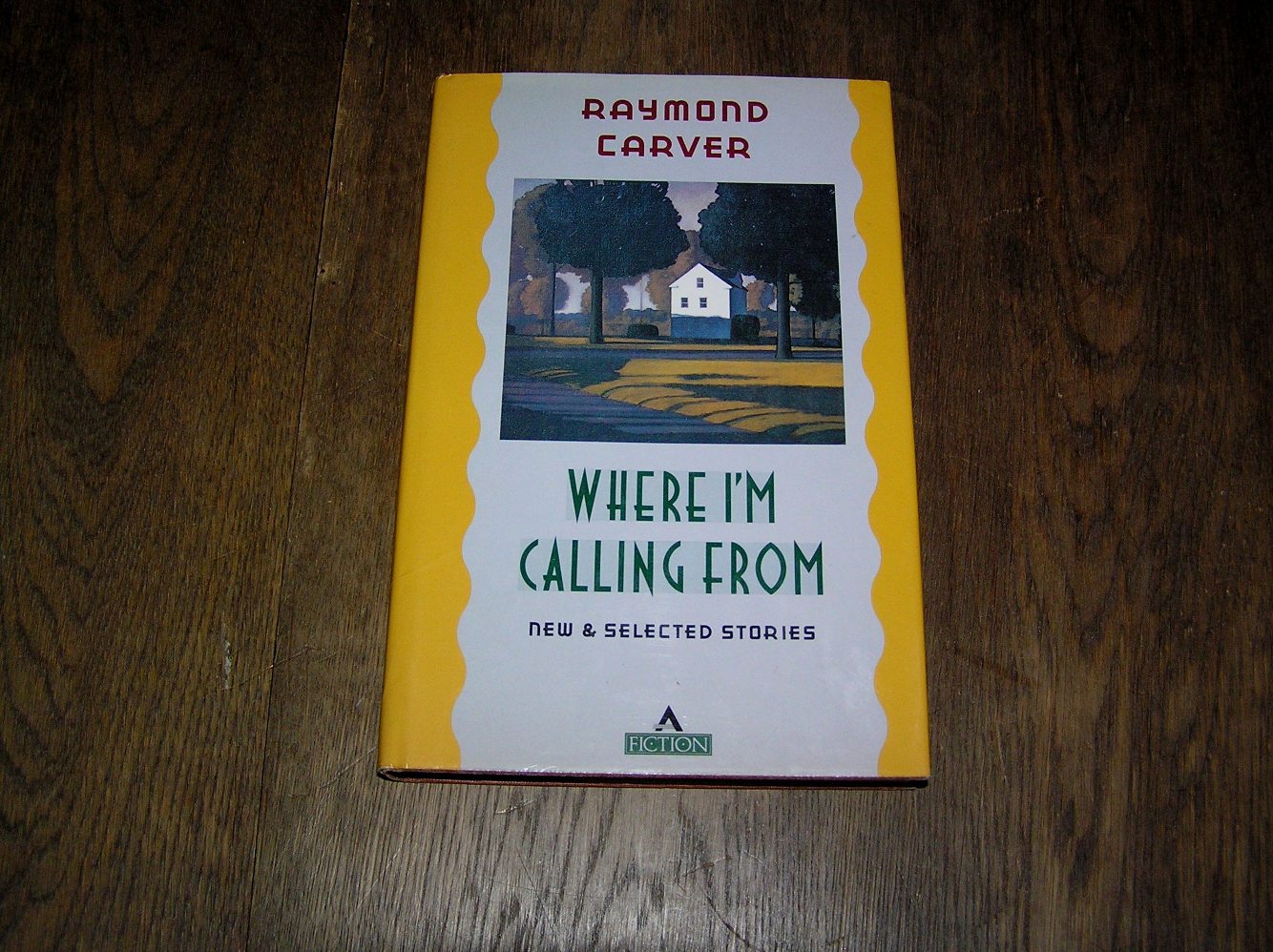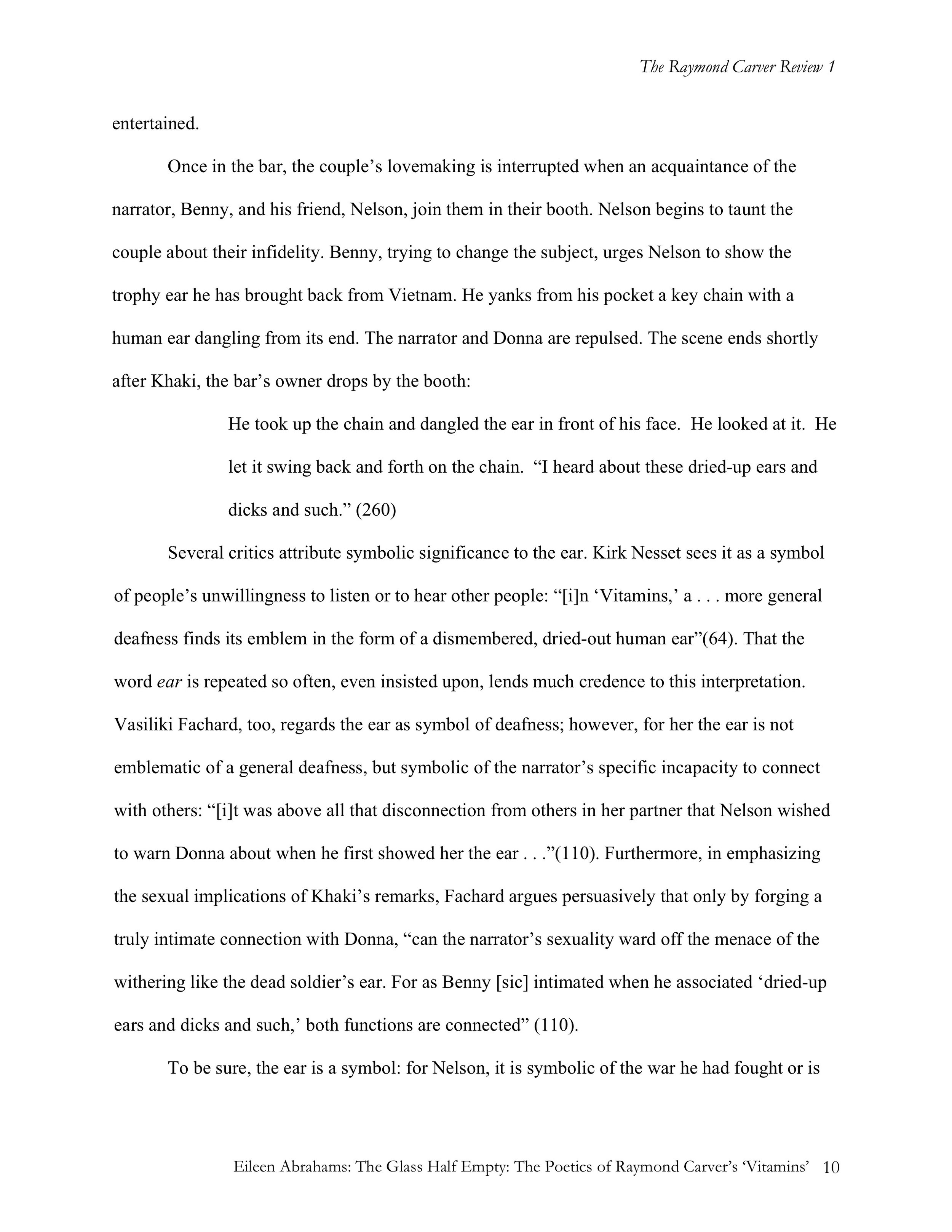

Lish, a voluble, eccentric, and literary man, began inviting Carver to his place for lunch and to talk about books. In 1967, while working for the textbook publisher Science Research Associates, in Palo Alto, Carver met Lish, who was also working at a textbook publishing house. “Let’s just say, on occasion, the police were involved and emergency rooms and courtrooms.”

“I made a wasteland of everything I touched,” he once remarked. Over time, there were bankruptcies, blackouts, and breakdowns, physical and mental. Alcohol soon became an even greater obstacle to writing than the need to pay the bills. “I scarcely had time to turn around or draw a breath,” he said. He wanted desperately to write poems and stories about the landscapes he’d seen and the people he’d known, and he had even published a few stories in “little” magazines while studying at Humboldt State, at Chico State College (with John Gardner), and, until his money ran out, in the writing program at the University of Iowa. Over the years, Carver swept floors in a hospital, pumped gas, cleaned toilets, and picked tulips. Before Carver was twenty, he was the father of two children, and he and his first wife, Maryann Burk, began a life of working “crap jobs” and dodging bill collectors. His mother worked as a retail clerk and a waitress, and his father, who had ridden the rails during the Dust Bowl days, was a saw filer in a lumber mill, a storyteller, a depressive, and a blackout drunk, who died at fifty-three. He was born in the logging town of Clatskanie, Oregon, in 1938, and grew up in Yakima, Washington. Photograph by Bob Adelman.Ĭonsidering the dreary facts of Raymond Carver’s origins, he was lucky to have survived and published at all. Successful after years of obscurity, he was now confident enough to reject advice. “I’ll tell you the truth, my very sanity is on the line here,” he wrote to Lish.Ĭarver in 1984. And he feared, above all, a return to “those dark days,” not long before, when he was broken, defeated. If the book went forward, he said, he feared he might never write again if he stopped it, he feared losing Lish’s love and friendship. A recovering alcoholic and a fragile spirit, Carver wrote that he was “confused, tired, paranoid, and afraid.” He feared exposure before his friends, who had read many of the stories in their earlier versions. Knopf, begging his forgiveness but insisting that Lish “stop production” of Carver’s forthcoming collection of stories, “What We Talk About When We Talk About Love.” Carver had been up all night reviewing Lish’s severe editorial cuts––two stories had been slashed by nearly seventy per cent, many by almost half many descriptions and digressions were gone endings had been truncated or rewritten––and he was unnerved to the point of desperation. On the morning of July 8, 1980, Raymond Carver wrote an impassioned letter to Gordon Lish, his friend and editor at Alfred A.


 0 kommentar(er)
0 kommentar(er)
